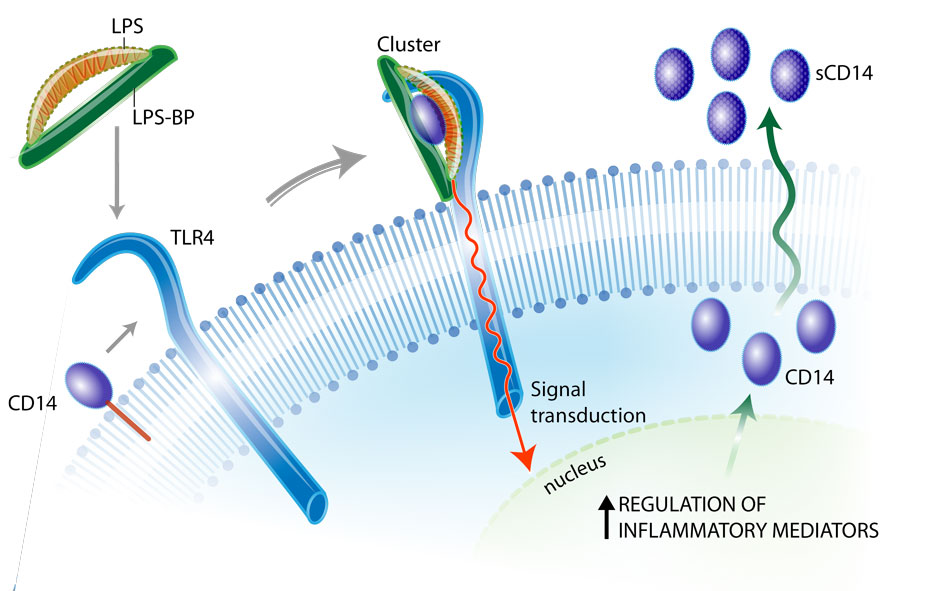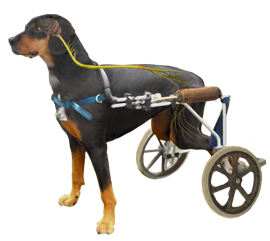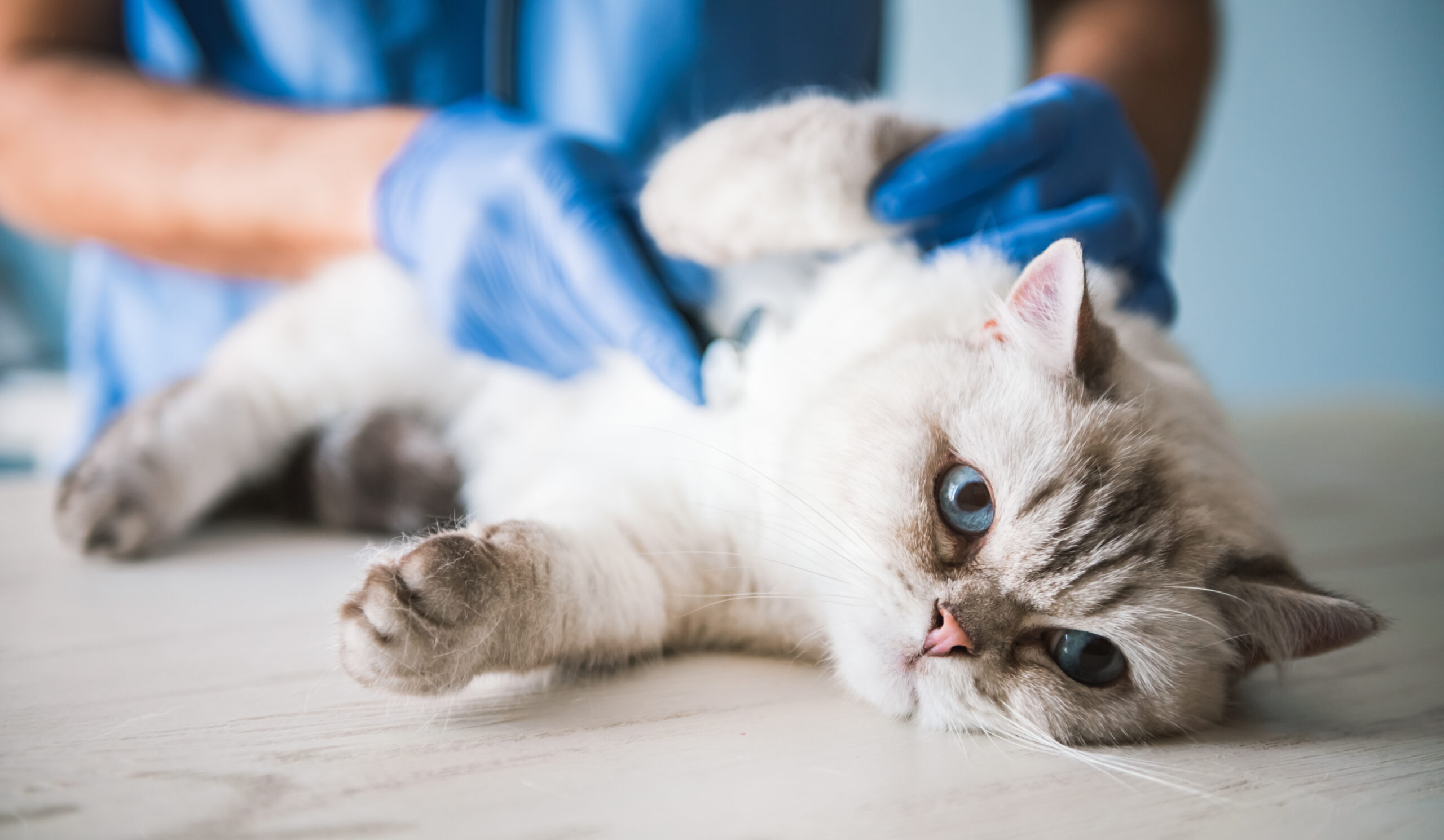July CVM Research Roundup

A look at some of the newest published studies coming out of the NC State College of Veterinary Medicine.

- A new CVM study could forever change how vets monitor therapeutic treatments for dogs with chronic spinal cord injuries. Published in the American Journal of Veterinary Research and authored by Melissa Lewis and Natasha Olby, the study aimed to develop an objective scale to score hind limb dysfunction for dogs with neurologic diseases. It is designed to be used in clinical assessment and outcome measurement in clinical trials. An objective scale allows clinicians and researchers to determine if therapeutic inventions are making a difference in recovery. It is the first scale to be developed and can be used universally. Read the study here.
- Researchers have identified the important role an atypical form of the E. coli bacterium in intestinal problems in kittens. The findings uncovered that the bacterium is prevalent in kittens and significantly contributes to intestinal inflammation, diarrhea, dehydration and associated mortality. Jody Gookin, Megan Jacob and Victoria Watson co-authored the study which was published in the Journal of Clinical Microbiology. Read the study here.
- A new discovery has broadened the understanding of how the gastrointestinal system develops. Nanette Nascone-Yoder co-authored the study, published by the Company of Biologists, finds that the enzyme acetylcholinesterase is a critical player in nervous system regulation but also plays an important role in the development of the intestine. Read the study here.
- Investigators are studying different biomarkers in horses to try to find early signs of endotoxemia, usually caused by bacteria breaking through the gut wall and entering the bloodstream. Anthony Blikslager, Callie Fogle, Jonathan Fogle and Megan Jacob are among the co-authors of the study, a work in progress published by the Equine Veterinary Journal. Read the study here.


